LIFEGUARD TRAINING
Unannounced Drills
Why Unannounced Drills are Important
Step-by-Step Process to Complete an Unannounced Drill
Below we have summarized the process you can take to implement an unannounced drill at your organization. The process described below is for a pool, not a natural body of water. In a natural body of water, where your lifeguards are unable to see the bottom, a lost camper drill will need to be run. More information on this process can be found in our Emergencies in Natural Bodies of Water resource.
Step 1: Determine a Time for the Drill
Determine your schedule for administering drills so that lifeguards will be least expecting it, and so that all guards are tested. Remember to keep that schedule unknown to lifeguards.
Step 2: Identify a Device
Identify the device or devices you will use for the drill. Some common devices include:
- Silhouette
- Manikin
- Weighted blanket or dark towel
- Human that is trained in how to realistically and safely act as a victim. Watch an example.
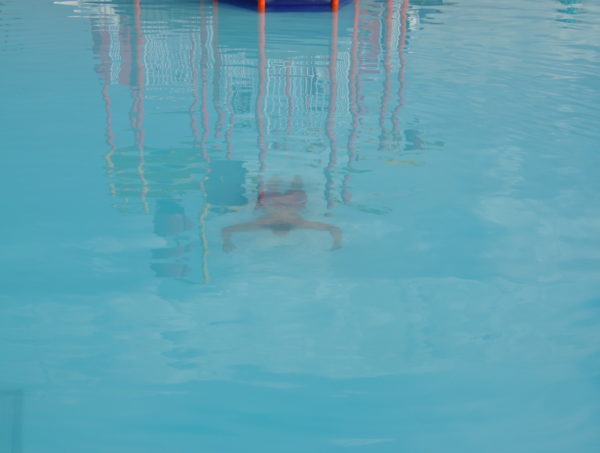
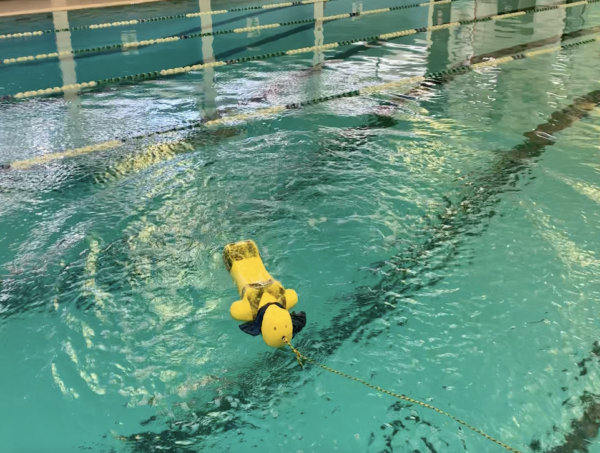
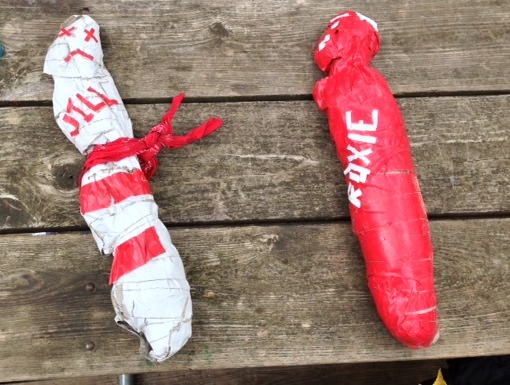
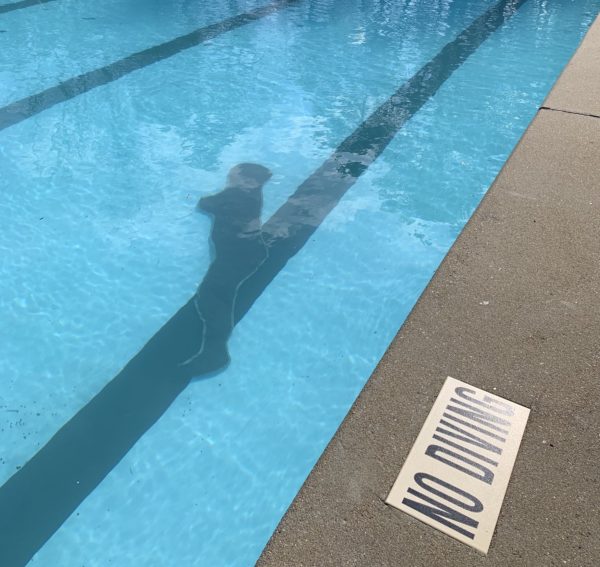
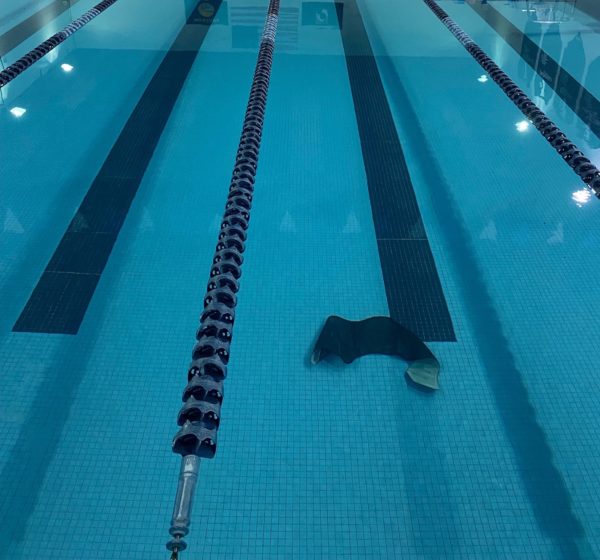
Step 3: Know Your Pool
Get to know your pool and determine the area where you want to administer the drill. Below are some things to identify and consider:
- Common areas where rescues are frequently performed
- The area where the pool starts to slope and goes from shallow to deep
- Drains and other noticeable marks on the bottom of the pool, like lane stripes
- Areas of the pool that you are concerned a lifeguard may not be positioned to see
Step 4: Determine the Entry Method
Determine how you will place your device in the pool without detection. Below are some suggested strategies:
- Roll up your silhouette/device and carry it to the drop location
- Transport your device in the back of a swimsuit
- Ask a member or counselor to place the silhouette on the bottom of the pool. (Lap swimmers might especially enjoy the task of being a “good helper” and placing the silhouette.)
- Place the silhouette before the guard arrives or during rotation
- Designate maintenance staff and other employees to help. An employee who is cleaning the deck area, or adding chemicals, can slip the silhouette into the pool, for example.
- When the guard looks the other way to complete their scan, drop the silhouette
Step 5: Drop the Device
Drop the device at the bottom of the pool within the lifeguard’s area of responsibility and in the area you identified.
Step 6: Track Response
As soon as the device is fully submerged, track the time it takes for the guard to initiate the emergency action plan, respond to the device, and retrieve it from the water.
Step 7: Rescue & On-Deck Care
Rehearse a complete rescue scenario—including care outside of the water from start to finish. This will include, for example, clearing the facility, bringing the equipment to the scene, attending to the victim and providing on-deck care, setting up the AED and oxygen, etc.
Step 8: Debrief
Debrief the experience with the lifeguard, and give them feedback so that they can continue to grow in their skills and feel more confident when responding to an event.
Step 9: Document
Document the drill so that you can track staff progress, and identify any areas in need of improvement.
Step 10: Remediation
Based on their response, determine if the lifeguard needs to undergo remediation to ensure they remain vigilant the next time they are on the stand.
In our State of Aquatics August 2020, we went live on a pool deck to watch this process from start to finish. We encourage you to watch this example to see how one organization has implemented unannounced drills.
Tips & Tricks for Completing an Unannounced Drill
Below are tips and tricks for completing an unannounced drill.
Set Expectations: Create an expectation among lifeguards that when they are on duty, they should expect to get wet.
Change Devices: When conducting multiple drills over a span of time, change the device that you use so that lifeguards do not become trained to look for that device.
Aim for the Unexpected: Drills are best completed when a lifeguard does not expect it. Some ways to achieve this are by switching out the methods of entry for the device, changing the days of the week or times of the day that the drill is completed, and including non-aquatics staff in the process.
Start to Finish: When completing a drill, create the expectation that it needs to be completed from start to finish (identification, response, extradition, on-deck care, etc.)
Communicate with Your Community: One of the common challenges and barriers that organizations face when implementing unannounced drills is pushback from those using the pool. Therefore, it is critical that you are involving community members in the process, and educating them on why drills are so important for your lifeguards to partake in.
Steps You Can Take
After reading through “Unannounced Drills,” ask yourself the following questions:
- Do my lifeguards expect to get in the water every day?
- When was the last time my lifeguards completed a realistic drill from start to finish?
- How can we incorporate a live victim into our drills, so that our guards can practice on a real human body extricating them from the water, clearing airways, getting a pulse, etc.?
Make a plan to implement a drill this week to give lifeguards realistic practice.
Key Links & Resources
Aquatic DROP Drills: A Guide
Read our guidance for additional tips and tricks on how to implement a DROP drill.
Remediation Plan
Download our sample DROP Drill remediation plan worksheet.
Aquatic Drill Debrief Questions with Lifeguards
View our example questions that can be used when discussing a lifeguard’s experience after a drill.

